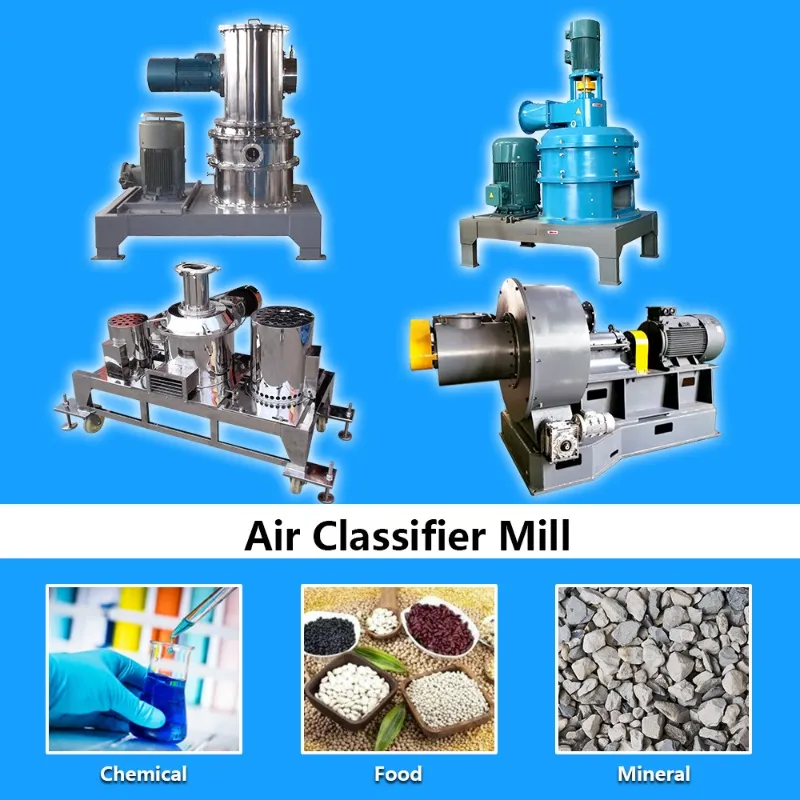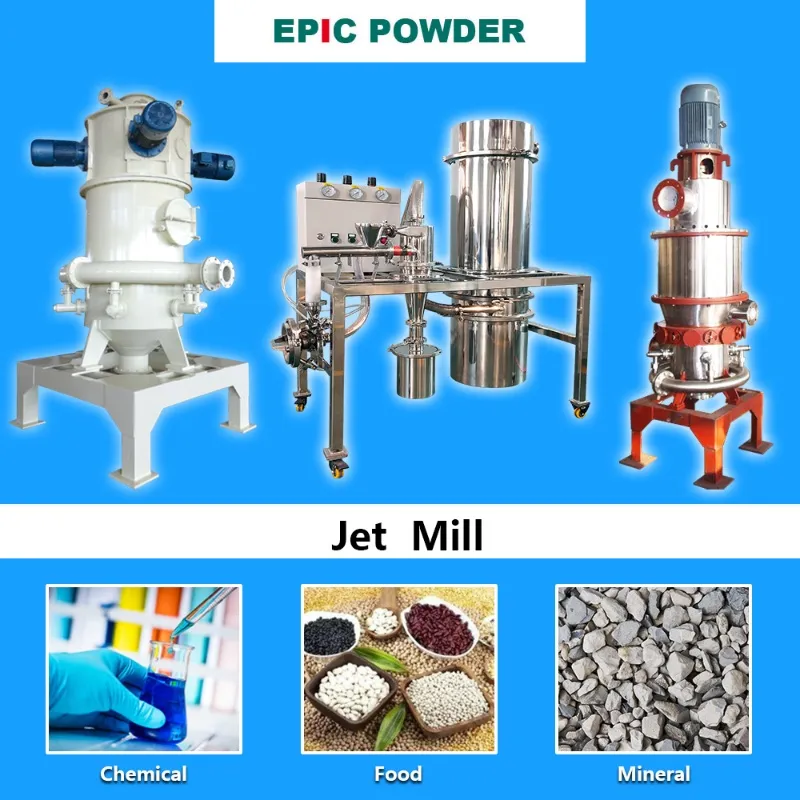Graphite is an important non-metallic mineral. It has many properties: electrical conductivity, thermal conductivity, high-temperature resistance, thermal shock resistance, chemical stability, lubrication, and plasticity. Because of these features, it is widely used in metallurgy, machinery manufacturing, electrical, chemical, and nuclear industries. With the development of the graphite industry, the development of deep processing technologies and high-end products has become an inevitable choice for the industry. One of these options is the development of ultrafine graphite powder.
Ultrafine graphite powder has a particle size range of 1μm to 38μm (325 mesh to 12500 mesh). It is dark gray, has a moderate hardness, and a melting point of up to 3000°C, making it a mineral with excellent temperature resistance. While many materials change at high temperatures, ultrafine graphite powder remains stable.
This stability ensures its wide applications in high-temperature industries.

Methods of Graphite Ultrafine Grinding
Two different methods were once used to grind graphite: chemical and mechanical.
The chemical method uses strong oxidizers to produce graphite acid, which is then transformed into fine graphite powder. Oxidizers include sulfuric acid, potassium permanganate, and nitric acid. However, the chemical method has high costs, small scale, and complex processes. So it is rarely used. The mechanical method is more common.
It has lower cost, simpler process, and can easily achieve large-scale production. This makes it advantageous for ultrafine grinding of graphite.
Graphite ultrafine processing also includes dry and wet methods. The dry method does not require filtration and drying afterward. Therefore, it is simpler and easier to maintain.
However, when high-quality products are needed, dry grinding consumes more energy and often cannot meet fineness requirements. When ultrafine products can be sold as filter cakes or slurries, wet grinding shows its advantages.
Equipment for Graphite Ultrafine Grinding
Graphite ultrafine grinding uses various mills.
The main types include high-speed mechanical impact mills, jet mills, and vibration mills etc.
Mechanical Impact Mill

This type of mill uses a rotor (rods, hammers, or blades) rotating at high speed around a horizontal or vertical axis. The rotor applies intense impact, shear, and collisions on the material, causing ultrafine grinding.
Advantages: simple structure, easy operation, small footprint, high grinding efficiency, low operating costs. It is suitable for processing non-metallic minerals below 1000 mesh with medium hardness and low added value.
Disadvantages: wear problems occur due to high-speed operation. It is not suitable for hard or highly tough materials. It may also generate heat, so heat-sensitive materials need special measures.
Jet Mill
The principle of a jet mill is to accelerate compressed air through a Laval nozzle into supersonic or subsonic jets. The jets drive the particles into high-speed collisions, friction, and shear, causing grinding. The ground materials go into a classifier. Particles that meet the requirement are collected. Oversized ones return for further grinding.
Products from jet mills have narrow particle size distribution, smooth surface, regular shape, high purity, and high activity. They can also skip drying processes. Graphite powder processed by jet mills can reach 3–7 μm. The particles are usually irregular geometric shapes.

Vibration Mill
A vibration mill is a mechanical grinding device. It uses grinding media (balls or rods) inside a vibrating cylinder. High-frequency vibration applies strong impact, friction, shear, and extrusion. This achieves fracture, grinding, refinement, and mixing of materials. The basic structure includes a grinding cylinder, vibration exciter, coupling, motor, and base.
Applications
Fertilizer industry: used as a demolding lubricant in catalyst production. It ensures catalyst molding quality and improves efficiency.
Powder metallurgy: acts as a demolding agent and as an alloy component. It provides unique properties to alloys.
Cable production: used as a lubricant. It reduces resistance in wire and cable production, improving efficiency.
Electronics and composites: used for carbon film resistors, conductive molds, and conductive coatings. In rubber and plastics, it serves as a filler or performance enhancer, improving wear resistance and conductivity.
Epic Powder
With continuous progress in material technology, ultrafine graphite powder will see broader applications in energy storage, electronics, and advanced composites. At the same time, high-quality ultrafine grinding equipment is key to achieving stable and precise production.
Epic Powder, with over 20 years of experience in powder engineering, provides advanced grinding solutions including jet mills, impact mills, and vibration mills. These technologies ensure precise particle size control, high purity, and consistent performance. Through such innovations, Epic Powder is helping industries unlock the full potential of ultrafine graphite powder, supporting breakthroughs in both traditional and emerging fields.
